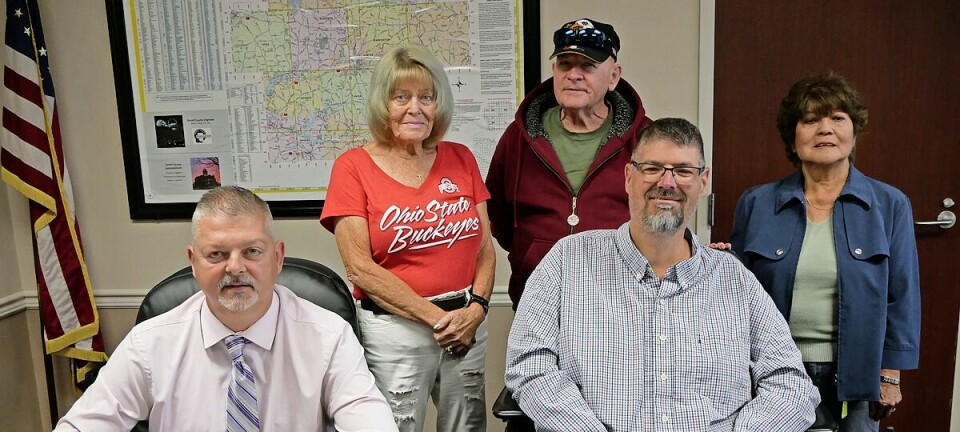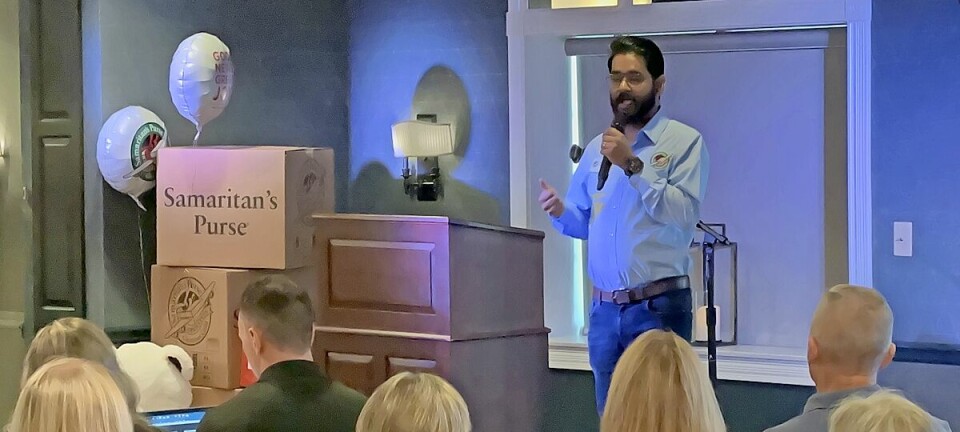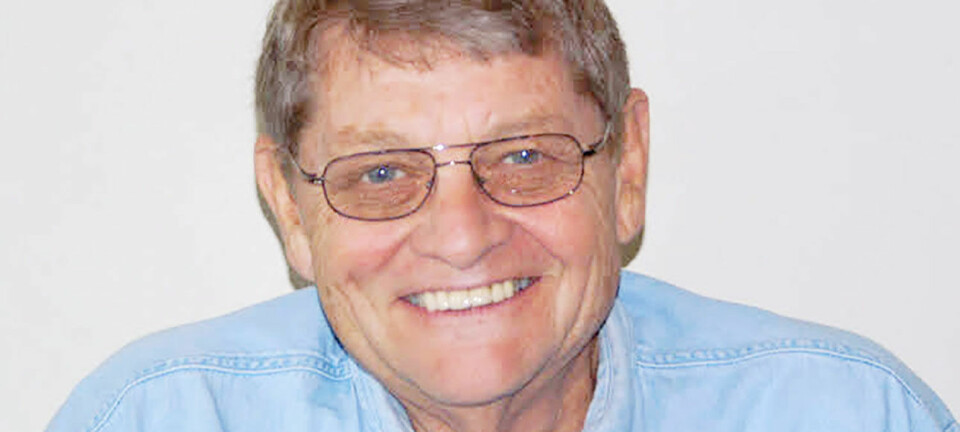Stepping off the grid
Even on the hottest days of the year, Americans have become accustomed to flipping a switch and watching their air conditioners spring to life.
During the California energy crisis of the early 2000s all that changed when electric utility companies imposed rolling blackouts to keep overloaded electric grids from experiencing total blackouts on high demand use days, when demand for electricity exceeded the capacity of the utility companies to generate it.
That’s when companies like EnerNOC, Inc. formulated an innovative business plan designed to help utility companies find the additional capacity they need during peak demand periods.
Under an agreement authorized unanimously by city council at its April 19 meeting, the city of Wooster will be joining in that effort and receiving a much needed financial boost to its bottom line at the same time.
Here’s how the system works.
When local electric utility companies like AEP experience peak demand days during those high heat, high humidity days of summer they look to companies like PJM Interconnection, which is the regional transmission organization that coordinates the movement of wholesale electricity for the mid-Atlantic region, for additional electricity.
PJM turns to companies like EnerNOC, Inc. to supply the additional capacity needed to keep the regional electric grid in balance.
EnerNOC seeks out large municipal power users like the city of Wooster who are willing to step off the electric grid and temporarily supply their own power from their backup generators.
In return for simply agreeing to be on standby to step off the grid on high demand days, the city of Wooster will receive $166,000 over five years.
That’s in addition to the $600 for each kilowatt hour of electricity the city contributes to the grid via electricity it generates using its backup generators on peak demand days. With the cost of diesel fuel to run the backup generators estimated to be $450 per hour, the city will net an additional $150 per kilowatt hour during peak demand days, noted Jim Borton, city of Wooster utilities division manager.
According to Borton, the waste water treatment plant, the water plant, the Buckeye lift station and the pumps at the north well field all have backup generators that can be used to generate the electricity the city needs for those operations, which would allow the city to step off the grid and meet its obligations under the contract.
And the residents of Wooster won’t even notice that it’s happening.
“Our waste water treatment plant is real easy. We flip a switch and we’re 100 percent off the grid,” said Borton, adding that the lift station and north well field pumps have similar capabilities.
“The water plant is where we will have to do some studies as far as power curtailment, where we determine what we want to leave on and what we want to shut off,” said Borton.
“With the amount of storage we have in town we could go through a six-hour outage at the water plant without impacting anybody’s water supply,” said Borton, stating “if we chose to we could run for 16 hours a day and shut it down for eight and no one would know the difference in town.”
“We purchased a backup generator a couple of years back, which has been a great investment for us. To be able to utilize that investment to bring in more revenue than it’s going to cost us to generate that power is fantastic,” said Councilman David Silvestri. “It’s a great opportunity for us here in Wooster to be able to generate cash flow to benefit our bottom line.”

























